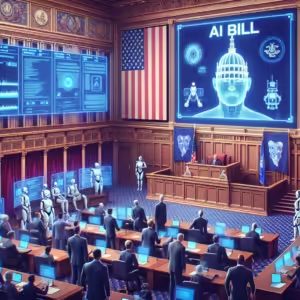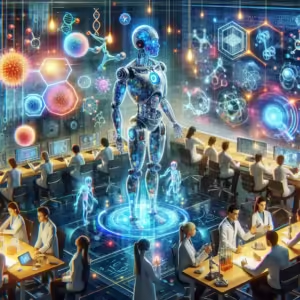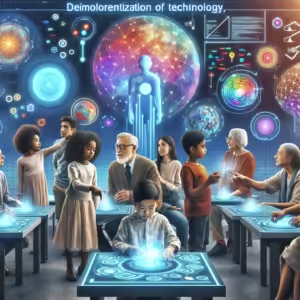H1: The Magic of AI in Music Restoration
The music industry has always been at the forefront of innovation. From vinyl records to digital downloads, its evolution has continually reshaped how we experience sound. Now, the industry hits another milestone with the advent of artificial intelligence in music restoration, bringing hope and excitement to fans of legendary artist Randy Travis.
H2: Randy Travis: A Legendary Career
Randy Travis, known for his deep baritone voice and profound songwriting, is a country music icon. With hit singles like “Forever and Ever, Amen” and “Three Wooden Crosses,” his impact on the genre is undeniable. However, a health setback in 2013—a debilitating stroke—left him with limited speech and mobility, much to the chagrin of his fans.
H3: The Health Setback
– In 2013, Randy Travis suffered a severe stroke.
– The health issue resulted in significant speech and mobility challenges.
– Fans and the music community alike were devastated by this setback.
H2: AI to the Rescue
Enter artificial intelligence, a technology now capable of rebuilding the voices of artists who have lost their ability to sing. Through intricately designed algorithms, AI can replicate the unique tonal qualities and nuances that make any vocalist distinctive. This breakthrough offers a fascinating glimpse into how technology and creativity can intersect to breathe new life into beloved work.
H3: How AI Works Its Magic
AI voice synthesis technology works by analyzing hours of audio recordings to learn and mimic an artist’s vocal characteristics:
– **Data Collection**: AI systems gather extensive audio samples of the artist.
– **Voice Pattern Analysis**: Advanced algorithms decode these recordings to identify unique vocal features.
– **Voice Synthesis**: The AI then synthesizes new audio outputs that mirror the original artist’s voice.
The end result is an astonishingly accurate recreation that allows artists like Randy Travis to reconnect with their fans in a deeply personal way.
H2: Why This Technology Matters
For fans, hearing Randy Travis sing once more is more than just a nostalgic experience—it’s an emotional reconnection. This AI innovation holds transformative potential within the music industry and beyond, presenting several significant implications:
– **Preserving Legacies**: Artists whose voices are silenced by illness can continue to contribute new work.
– **Archival Restoration**: AI can enhance the quality of historical recordings.
– **Inclusive Creativity**: This technology breaks down barriers, inviting collaboration between human creativity and digital innovation.
H3: Social and Ethical Considerations
While the ability of AI to restore voices is enchanting, it brings with it a host of ethical questions. How much digital intervention is appropriate in art? Who holds the rights to the synthesized voice?
– **Ownership and Rights**: The use of AI-generated voices raises questions about copyright and who benefits from the work.
– **Authenticity Concerns**: Some critics suggest that AI restoration might lack the emotional depth of live performances.
Balancing these considerations is crucial as the industry navigates this new frontier. Ensuring that artists or their estates are fairly compensated and that audiences are informed about what’s authentic and what’s digitally produced will be essential.
H2: The Future of AI in Music
As AI continues to evolve, it could usher in an era where technology enhances human artistry rather than replacing it. Opportunities abound, from collaborations between genres to the creation of entirely new sounds that push the boundaries of music as we know it.
H3: Opportunities for Growth
– **New Collaborations**: Artists can now collaborate posthumously or despite physical limitations.
– **Soundscape Innovations**: AI may lead to discovering unique sound combinations that were previously unachievable.
– **Broadened Listening Experiences**: Technology can create immersive musical experiences that engage listeners in multi-sensory ways.
H2: Conclusion
Randy Travis’s story is a testament to resilience and the enduring power of music. Through the convergence of artistry and technology, fans can once again be touched by the depth and warmth of his iconic voice. As AI continues to transform music, it challenges us to consider the symbiotic possibilities between human talent and technological innovation. The melody of this new chapter rings clear: The future of music is both human and digital, and the harmony that can be achieved is boundless.
In rediscovering Randy Travis through this technological marvel, we’re not just reviving a voice—we’re reigniting a legacy. As we embrace these changes, let us remember the words of one of Travis’s own songs, a reminder of enduring love and faith, echoing through time with the help of AI.








